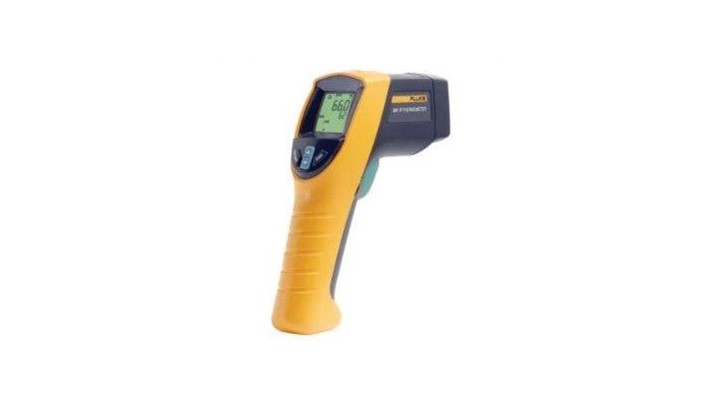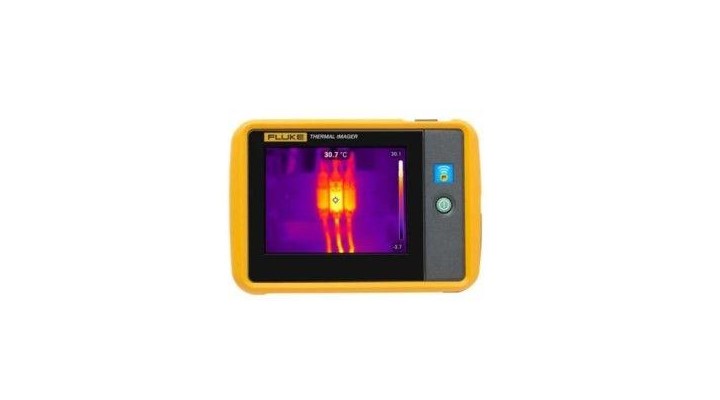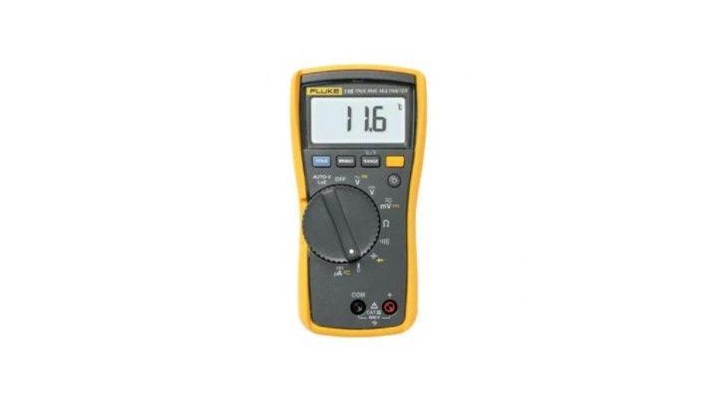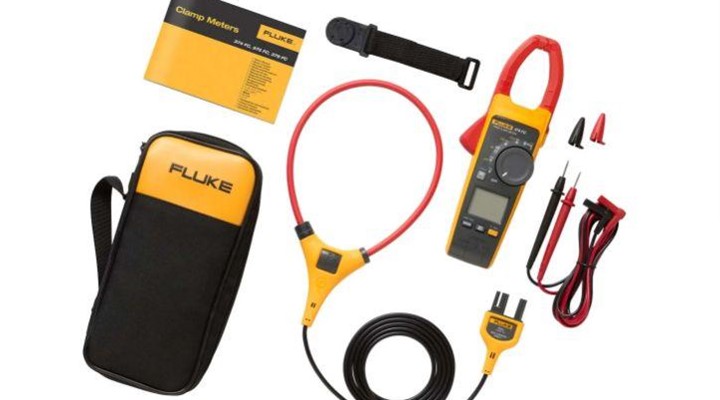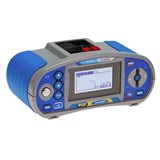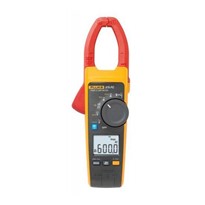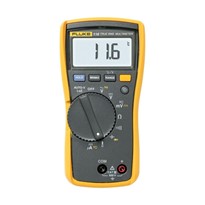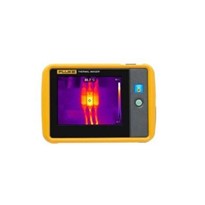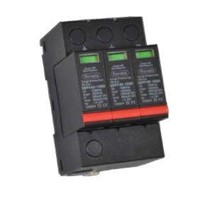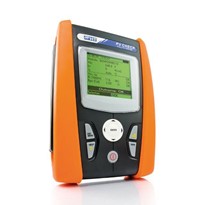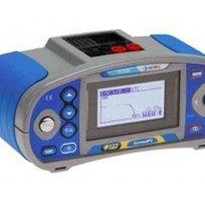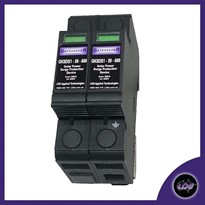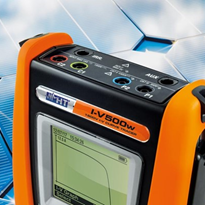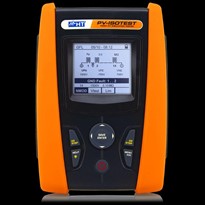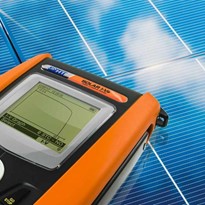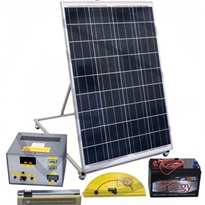The three most common PV system issues that need troubleshooting are related to the panels, load and inverter. For HVAC technicians, the best tool to have on hand is their Fluke 376 FC True-RMS AC/DC Clamp Meter with iFlex.

Troubleshooting PV panels
First check the output of the entire system at the metering system or inverter. Before you get on the roof, check and record the inverter's input voltage and current level from the array. You will likely encounter one of two scenarios:
- The entire PV system is down/does not produce power; this may be related to a problem with the inverter.
- The PV system output is less than expected; this may be related to a problem with one of the arrays or modules.
Trace out the individual branch wiring backward from the concentrator. On the roof, visually check the entire system for any obvious damage. (Wiring may have been accidentally disconnected during a previous service on another device.) Once you find the failed module or array, check all wires, switches, fuses and circuit breakers. Replace blown fuses; reset the breakers and switches. (Since the PV system is on the roof, a lightning strike or power surge may have affected it.) Check for broken wires and loose or dirty connections. Replace and clean as needed. Be on the lookout for wire nuts that are connecting modules together. They may have worked loose and caused lack of contact.
The concentrators can be a great place to troubleshoot the system because the individual wires from the modules are brought back there. Each module may have a fuse that should be checked with your Fluke 376 FC.
Wiring problems and loose connections may also cause a module to produce too low a voltage. All wiring connections should be checked. If a module output is low, it may mean that an individual section of cells is bad. These may be traced out using the Fluke 376 FC at the junction boxes until the culprit is found.
Any dirt on the modules, or modules in the shade, can cause a reduced output. Although the modules are usually designed to be maintenance free for years, they may need to be cleaned. Pollen can be a problem in some areas of the country.
Troubleshooting PV load
The PV system is used to operate building electrical loads and any problems with the loads will affect the system as well. The first step is to check the load switches, fuses and breakers with the Fluke 376 FC —check to see if the proper voltage is present at the load's connection. Next, use the Fluke 376 FC to check the fuses and circuit breakers. If there are blown fuses or tripped breakers, locate the cause and fix or replace the faulty component. If the load is a motor, an internal thermal breaker might be tripped or there might be an open winding in the motor. For testing purposes, plug in another load and see if it operates properly.
As with any electrical system, check for broken wires and any loose connections. Clean all dirty connections and replace all bad wiring. With the power off, check for and repair any ground faults. If any fuses or breakers blow or trip again, there is a short that must be located and repaired.
If the load still does not operate properly, use the Fluke 376 FC to check the system's voltage at the load's connection. The wire size may be too small and need to be increased. It may also be possible that that the wires running to the loads are too long. This will show up as a low voltage at the load. In this case you can reduce the load on the circuit or run a larger wire.
Troubleshooting PV inverters
You likely work with variable speed drives every day, so are used to checking ac and dc power. The inverter in a PV system can also fail and cause problems. The inverter converts dc from the PV system into ac power for building use. If the inverter is not producing the correct output, first use check and record the inverter's operating dc input voltage and current level. On the ac side, use the Fluke 376 FC to check the inverter's output voltage and current levels. Many of these systems have a display that indicates current inverter and system performance. Because the Fluke 376 FC produces a true-RMS reading, you can use the voltage and current to measure and record the kilowatt (kW) output. If possible, use the inverter display to show the current total kilowatt hours (kWh). You can then write down this value and compare it to the one recorded during the last inspection.
If the inverter does not produce the right amount of power, there may be several problems—all of which can be easily checked with the Fluke 376 FC:
- blown fuse
- tripped breaker
- broken wires
Use the Fluke 376 FC to measure the output ac side of the inverter because the load on the inverter might have a current demand that is too high. You can either reduce the loads or install a larger converter. With the power off, check for and repair any ground faults before starting the inverter again.
The inverter may be tied into the local utility. The ac current output from the inverter fluctuates with the level of solar input on the array. The inverter maintains the correct output voltage and phase to the utility. Any voltage problems from the utility may cause the inverter to shut down. In this event, contact the utility for repairs.


